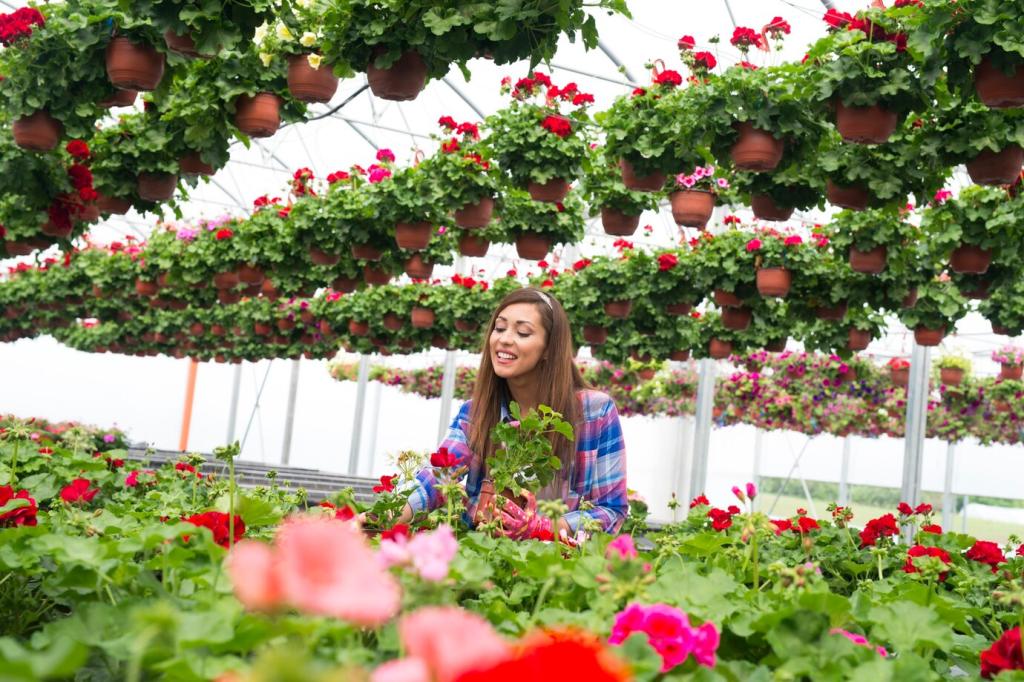Plant Pest Management in City Environments
City environments present unique challenges for managing plant pests, blending dense human habitation with green spaces and urban agriculture. Successful pest management in urban areas requires adaptive strategies that consider restricted space, diverse plant species, and close proximity to people, pets, and infrastructure. Integrated approaches must balance effective pest control with environmental stewardship to maintain healthy, vibrant city landscapes.
Urban Pest Challenges
01
Pests Adapted to Urban Spaces
Certain pest species show remarkable adaptability to city environments, capitalizing on fragmented green spaces and heat-island effects. Aphids, scale insects, and spider mites can multiply quickly on urban trees and ornamentals, taking advantage of stressed plants and reduced natural predators. Their presence is often exacerbated by pollution and nutrient imbalances, which weaken plants’ natural defenses and create ideal breeding grounds for infestations.
02
Movement of Invasive Species
Urban centers act as gateways for the introduction and spread of invasive pests. Imported plants, goods, and even wind currents bring new threats that may not face natural controls in city habitats. The constant exchange of materials—through nurseries, municipal projects, and household plantings—increases the risk of accidental pest introductions, making routine inspections and early detection vital in urban settings to halt outbreaks before they escalate.
03
Environmental Stress Factors
Plants in city environments endure unique stressors, from compacted soils and fluctuating moisture to air and light pollution. These conditions can disrupt plant vigor, compromise their resistance, and leave them susceptible to attacks by opportunistic pests. As a result, stressed urban vegetation often requires supplemented care, and pest management plans must be sensitive to these environmental limitations to be both effective and sustainable.
Preventive Measures for Urban Plants
Prevention is the first line of defense in IPM and is essential within urban green spaces. Practices such as selecting pest-resistant varieties, maintaining healthy soils, and ensuring proper irrigation can significantly reduce vulnerability. Strategic placement and pruning of plants prevent the formation of pest harbors, while regular sanitation—removal of plant debris and infested materials—disrupts pest life cycles and limits their ability to establish persistent populations.
Biological Control in Cities
Harnessing natural enemies—such as lady beetles, lacewings, and parasitic wasps—offers an environmentally friendly way to manage pests in urban landscapes. Biological control can be introduced through planned releases or conservation of existing predator populations. Careful planning is required to match natural enemies with target pests, taking into account limited green space connectivity and potential impacts on non-target species or urban wildlife.
Responsible Chemical Use
While pesticides are a tool in the IPM toolbox, their use in cities must be judicious and carefully targeted. Public health concerns, environmental sensitivity, and regulations often restrict the types and timing of chemical applications. Selective insecticides, precise application methods, and the integration of non-chemical options help minimize risks to people and the environment while still controlling troublesome pest outbreaks when other strategies are insufficient.
Previous slide
Next slide

Monitoring and Early Detection
Harnessing the eyes and knowledge of city residents greatly enhances pest monitoring efforts. Educational programs and clear reporting mechanisms empower community members to spot unusual pest activity and report problems early. By building partnerships between citizens, local government, and horticultural experts, urban areas can respond faster to pest introductions and minimize the scope of infestations.

